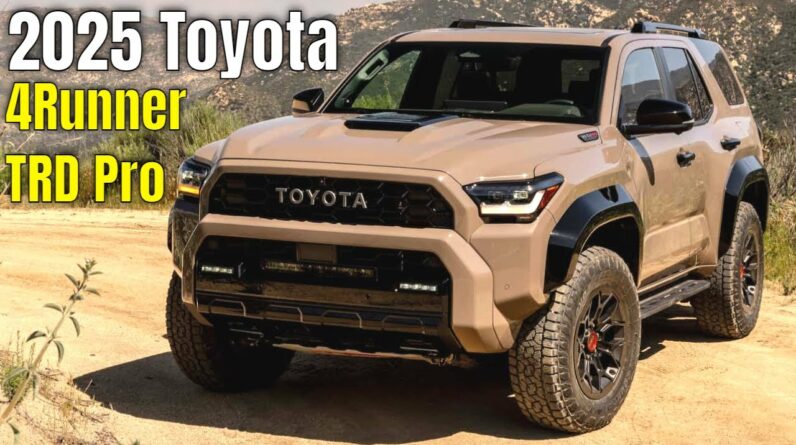The Honda Accord, in a remarkable display of superiority, outshined its counterparts within the realm of midsize automobiles in the recently updated evaluation of the moderate overlap front crash test. In this newly rigorous assessment that prioritizes safeguarding rear-seat occupants, the Accord achieved a rarity by garnering a commendable rating.
Among the seven midsize vehicles subjected to scrutiny, the Subaru Outback managed to secure an acceptable rating, a feat worth noting. Meanwhile, the Nissan Altima and Toyota Camry emerged with a marginal rating. On the other hand, the Hyundai Sonata, Kia K5, and Volkswagen Jetta were bestowed with the label of poor.
Delving deeper, IIHS President David Harkey provided insights into the dynamics of the test outcomes, noting, “In the majority of midsize cars subjected to our evaluation, the rearward surrogate exhibited a tendency to shift forward, akin to ‘submarining,’ slipping below the lap belt. This action caused the belt to ascend from the pelvis area onto the abdomen, consequently heightening the susceptibility to internal injuries.” Harkey further expounded, “In the three vehicles that received the unfortunate ‘poor’ classification, data extrapolated from the rear dummy accentuated the probability of injuries not only to the cranium and cervical region but also to the thoracic region.”
IIHS introduced the enhanced moderate overlap front test in the preceding year due to findings that unveiled a surge in the fatality risk for rear-seat occupants who are properly belted, surpassing the risk for front-seat occupants. This disquieting trend is not attributable to a decline in the safety of the rear seat but rather the outcome of enhanced front seat safety, courtesy of advanced seat belts and improved airbags, which are regrettably scarce in the rear.
In a bid to galvanize manufacturers to refine rear-seat protection, the updated evaluation introduces a surrogate situated in the back seat, immediately behind the driver. Further augmenting the evaluation, IIHS researchers devised novel metrics that zero in on the most prevalent injuries sustained by rear-seat passengers.
For an automobile to attain a favorable rating, it must steer clear of excessive jeopardy to the head, neck, chest, or thigh of the surrogate situated in the second row. This surrogate must maintain its proper positioning throughout the crash, eschewing any tendency to submarine.
Similar to the inaugural test, the architectural integrity of the occupant compartment necessitates the preservation of adequate survival space for the driver. The measurements derived from the surrogate mimicking the driver should not unveil an undue vulnerability to injuries.
All seven midsize vehicles adeptly safeguarded the occupants in the front seat. Nevertheless, the measurements did unveil a marginally escalated risk of injuries to the right leg or foot of the driver in the commendably rated Accord.
Astonishingly, the Accord exhibited exceptional safeguarding of occupants in the rear seat. The data extracted from the rear surrogate indicated an absence of heightened risk pertaining to injuries, while the rear restraints effectively constrained the surrogate’s motion.
In stark contrast, the issue of submarining manifested prominently in the case of the lamentably rated K5 and Sonata. Moreover, in the Jetta, the cranium of the rear passenger perilously approached the front seatback. In the trio of cars condemned with a ‘poor’ assessment, the measurements from the rear surrogate not only pointed to probable injuries to the head, neck, and thorax but also excessive belt forces.
In the case of both the Altima and Camry, earning the middling ‘marginal’ classification, the rear surrogate underwent the phenomenon of submarining under the lap belt, and the shoulder belt diverged from the shoulder, advancing toward the neck of the surrogate. Notably, for the Altima, the injury measurements underscored a moderate risk of head or neck injuries for the rear-seat occupant.
The measurements taken from the surrogate positioned in the rear seat of the Outback, earning the ‘acceptable’ label, did not divulge any elevated injury risks. However, the surrogate indeed submarined beneath the lap belt, and its head inched perilously close to the front seatback during the collision, thereby augmenting the likelihood of abdominal and cranial injuries. Post-impact, as the surrogate rebounded, its cranium inadvertently slipped between the side curtain airbag, making contact with the trim of the rear window door.
Get More Great Car Videos – Subscribe: https://goo.gl/BSIaFc







